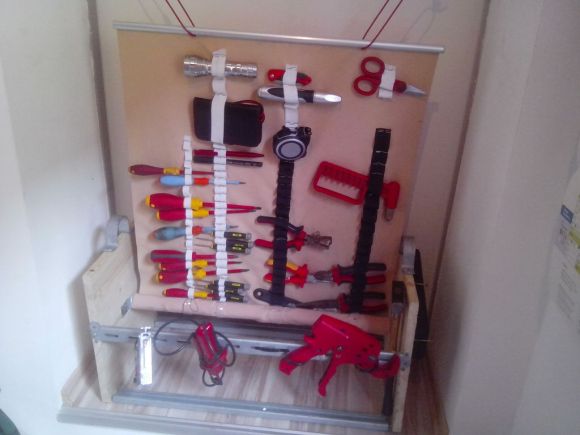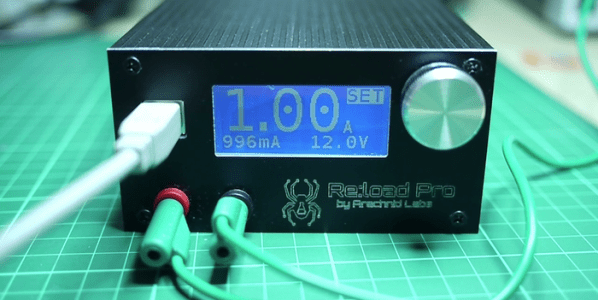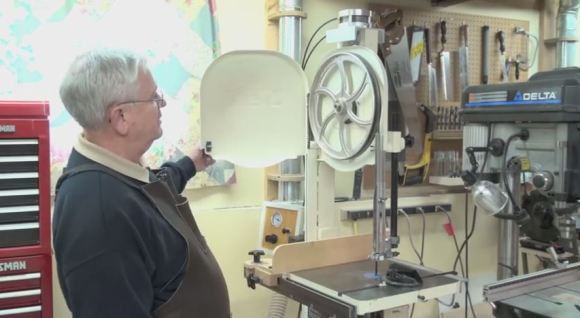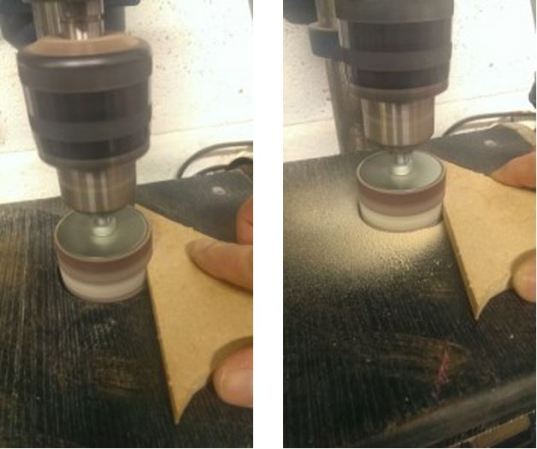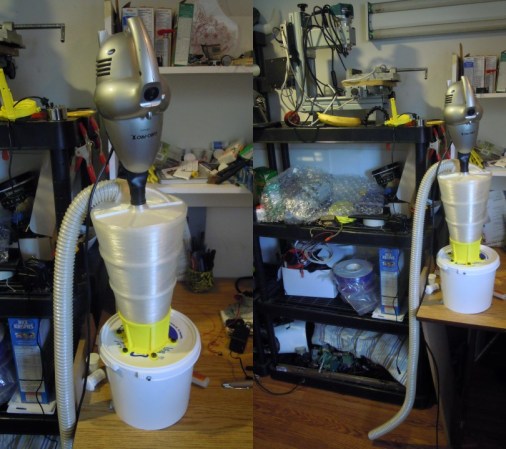[Baldor] prototypes electronic circuits all the time, but unfortunately he doesn’t really have a dedicated work space to do this! Annoyed at having to get all his tools ready and then put them away again after every project, he’s come up with his very own electronics prototyping briefcase. [Edit: here’s the link in the Wayback Machine if you’re visiting from the future. Unfortunately, the images didn’t seem to make it.]
He started with a very old hand-made wooden tool briefcase and added some fun stuff. His case features four breadboards, all with individual positives, and each pair with common grounds. Banana clips allow for various setups with different wiring. He has 5 integrated volt meters, along with 5 buck-boost DC-DC voltage regulators, each set for 3V, 5V, 9V, 12V, and 18V. It’s an ingenuous setup and would make prototyping a breeze compared to most work benches!
In addition to the basic prototyping tools, he’s also got a development board and a place for his Pickit2. Underneath the main prototyping area he stores the power supply, and a veritable army of jumpers. We’re impressed.
Now all he needs is a portable electronics lab in a box once his prototypes are proven!
[Thanks Xavier!]


